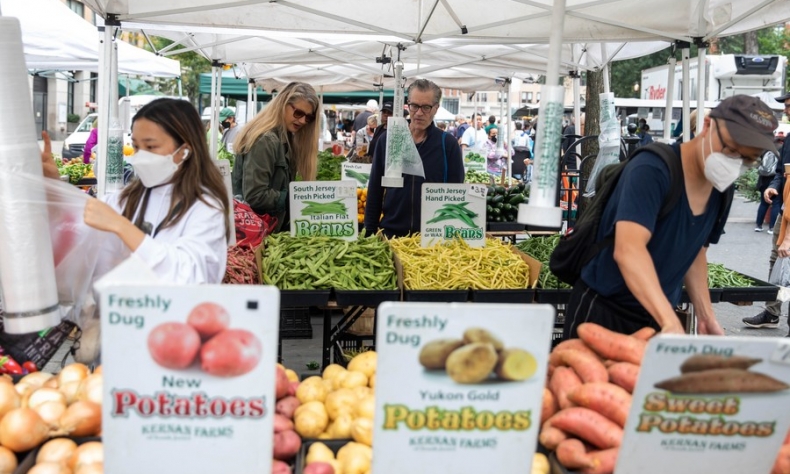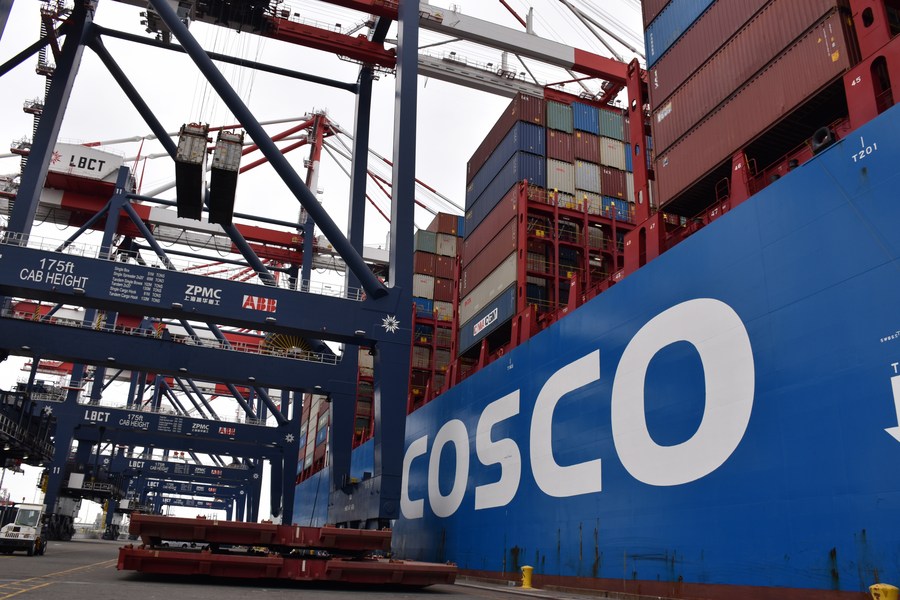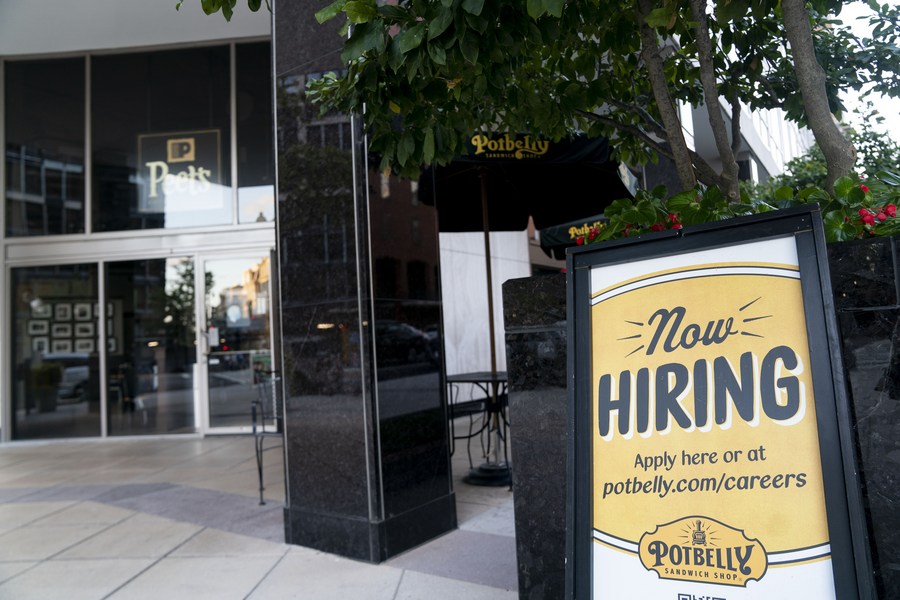The Crunch Conspiracy

Has China really reduced its exports to the U.S. at a time when the U.S. supply chain is in dire crisis?
Among the many nicknames conjured up by his opponents, “Empty Shelves Joe” may be the harshest on the very dedicated U.S. President Joe Biden. Since taking office, high inflation rates and a serious supply chain crisis linger on, and empty shelves run across stores and markets nationwide. The situation is expected to continue and stands to affect the Christmas shopping season from mid to late December.
As usual, China becomes the easy target. Some American politicians claim that the root cause of the ongoing supply chain crisis in the West lies in China’s accomplishment of extreme poverty alleviation. After the living standards of 1.4 billion Chinese people are improved, the population’s consumption of food and energy has amplified. A newfangled conspiracy theory sets forth that the Chinese Government is interfering in the production activities of enterprises in order to control the global supply chain and bring down the U.S. economy so that China can take over the reins and rule the world.
These statements do not measure up to further analysis; the biggest loophole being: Has China really reduced its exports to the U.S. at a time when the U.S. supply chain is in dire crisis?

According to statistics from the General Administration of Customs of China, China’s total exports in the first half of this year reached 9.85 trillion yuan ($1.54 trillion), an increase of 23.8 percent over the same period in 2019. Exports to the U.S. continued to expand, and the total distribution of goods to the U.S. in September increased by 15.04 percent compared with August.
Ergo, if the U.S. is indeed experiencing a major supply chain crunch, this is by no means China’s fault. In reality, one of the major reasons is an overissue of greenbacks. This is how the U.S. has been dealing with economic crisis: overissuing, using paper money to acquire solid goods from other countries, and transferring inflationary pressures onto the rest of the world.
The latest report from the International Monetary Fund shows that the expected GDP growth rate of the U.S. in 2021 remains 6 percent. On the surface, the negative impact of the epidemic on the American economy is fading, social demand is strong and most enterprises are once again turning a profit. Yet since the outbreak of COVID-19 epidemic in 2020, the U.S. has bore witness to a somewhat bizarre phenomenon in which social production activities have in fact stagnated, but the stock market still displays a rebound—a continuous elevation, even. The wealth of the richest 1 percent in the U.S. has increased by more than $6.5 trillion. On the other hand, during the pandemic, the American Government implemented several policies to stimulate consumption: not only directly depositing the dollar bills into every citizen’s bank account, but also offering a large number of relief funds to the unemployed.

Therein hides the second problem: the U.S. does not face a shortage of goods; it faces a shortage of labor. Different sectors feature different degrees of labor shortages, with the trade and transportation industries standing out. At present, it is reported that mountains of cargo are stuck at chief ports across the U.S. The latest data released by the U.S. Department of Labor showed that 4.3 million Americans chose to quit their jobs in August, the highest number since statistics were first recorded, including many longshoremen and truck drivers.
Beyond the aforesaid, the factors of a weakening global production capacity and a surge in international freight rates, too, must be addressed. While COVID-19 remains the immediate cause preventing many countries from returning to full production capacity, the current spike in global energy prices has dramatically increased the cost of commodity production and transportation. When factories are experiencing difficulties to obtain sufficient energy, and consequently face the risks of making fewer profits, this will in turn affect the supply chain.
The U.S. is not alone in this regard as China is also hit hard by rising energy prices especially when it is entering central heating season. The best we can do is to join hands and deal with the same challenges we all face.
 Facebook
Facebook
 Twitter
Twitter
 Linkedin
Linkedin
 Google +
Google +










